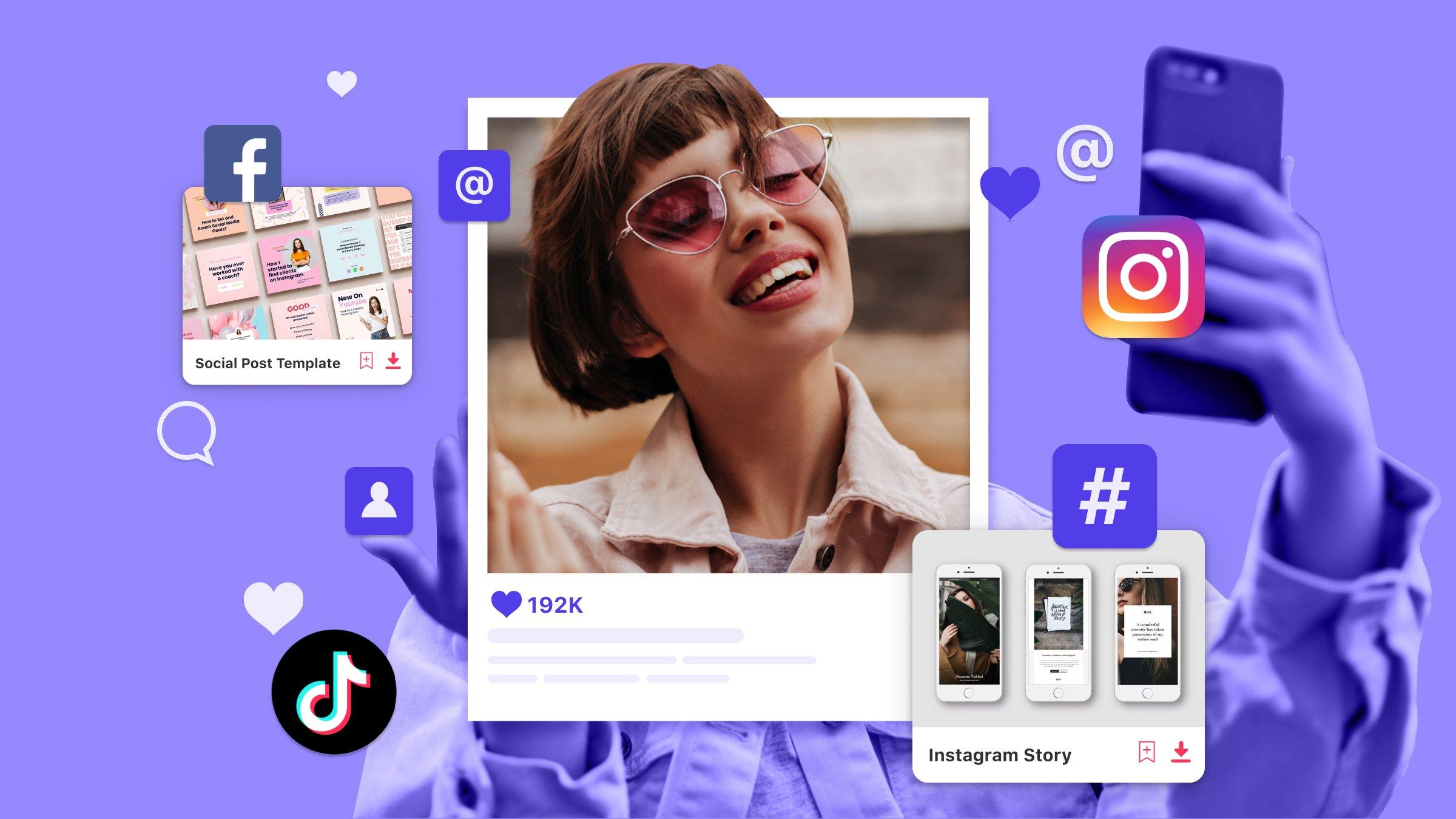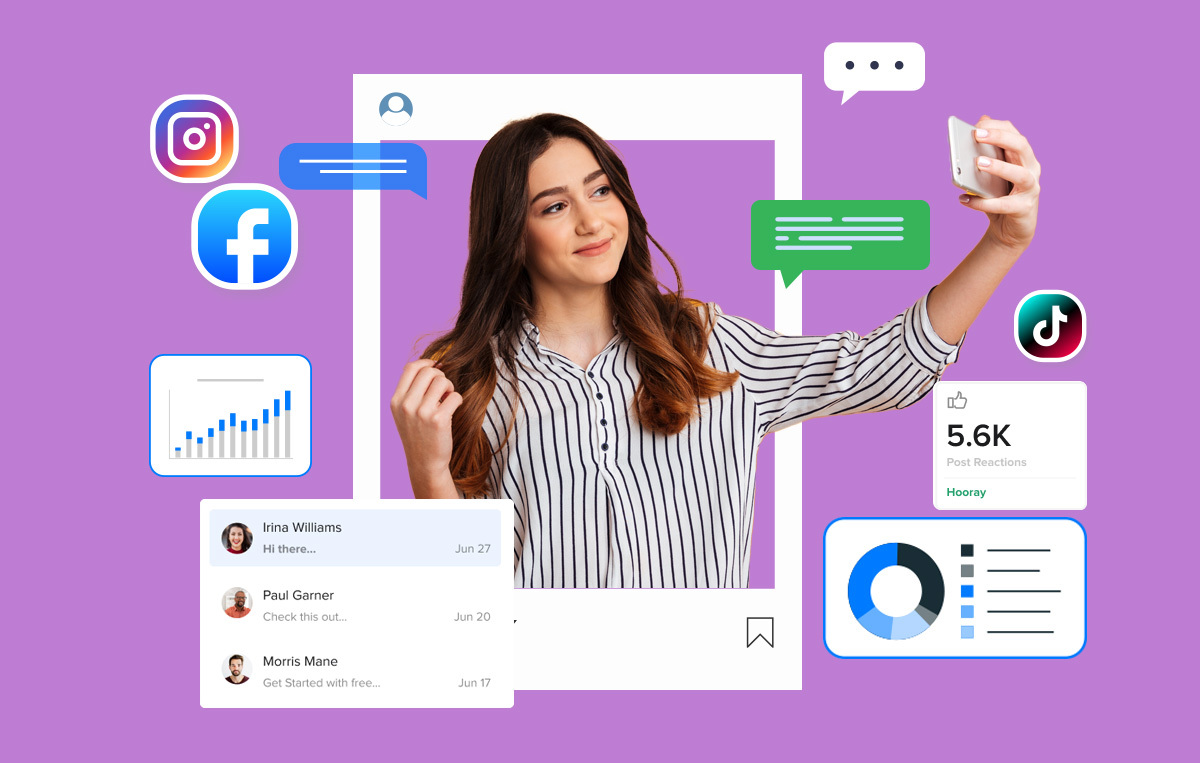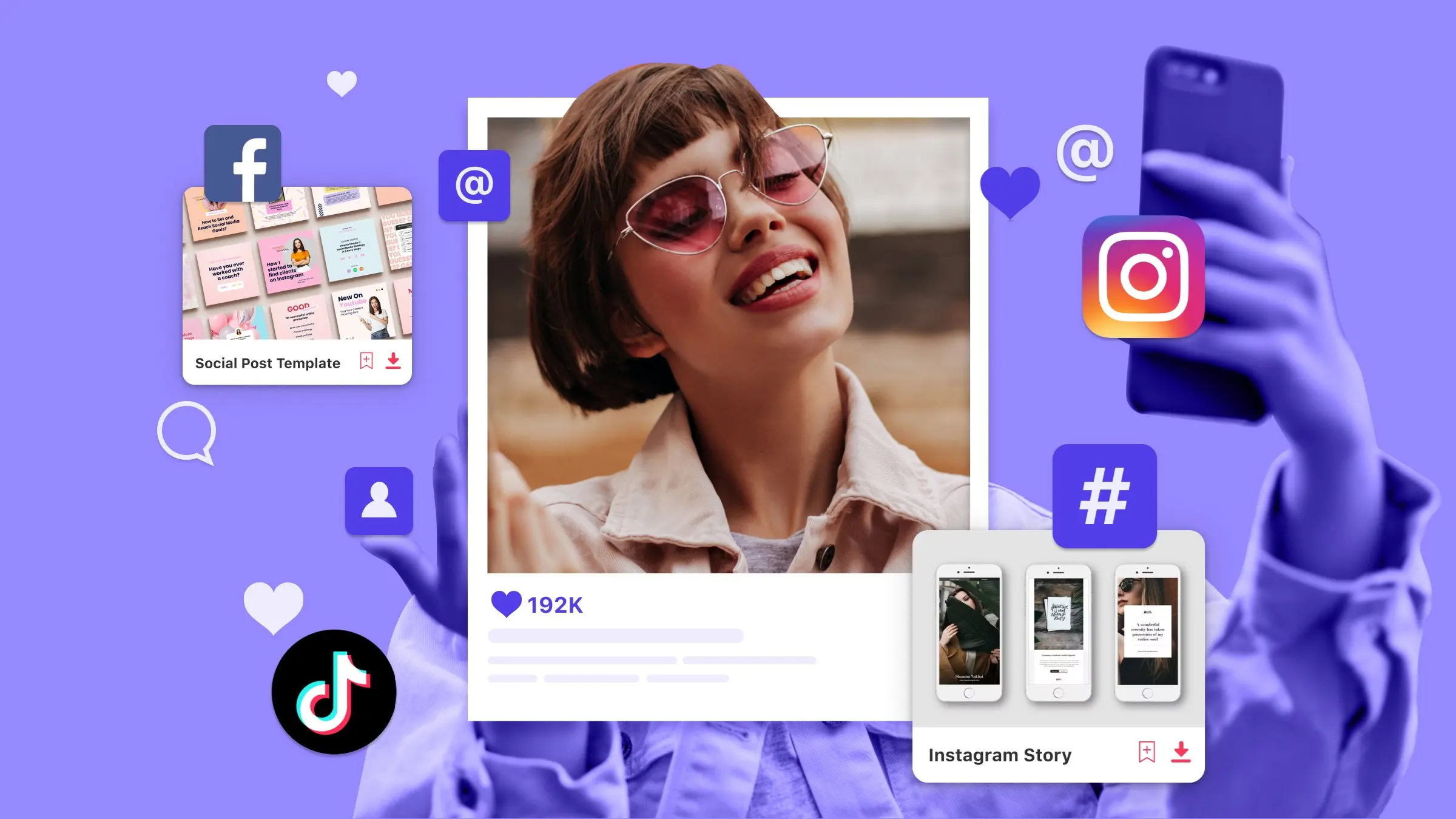In today’s digital-first world, influencer marketing has emerged as a game-changer for small businesses looking to expand their reach, build credibility, and drive sales. Unlike traditional advertising, which can feel impersonal and overly commercial, influencer marketing connects brands with their audiences in a more authentic and engaging way.
Whether you’re running a local bakery, an online boutique, or a fitness coaching business, partnering with influencers can help you compete with larger players in your industry. Let’s dive deeper into how small businesses can harness the power of influencer marketing to achieve significant growth.
What is influencer marketing?

Influencer marketing is a strategy where businesses collaborate with individuals who have a strong online presence and loyal following. These influencers promote your products or services to their audience, leveraging their trust and credibility to drive engagement and sales.
Types of influencers:
- Nano-influencers (1K–10K followers): Highly engaged audiences, perfect for niche markets.
- Micro-influencers (10K–50K followers): Affordable and effective for targeted campaigns.
- Macro-influencers (50K–1M followers): Greater reach, ideal for regional or national campaigns.
- Mega-influencers (1M+ followers): Celebrity-level endorsements for broad visibility.
For small businesses, nano and micro-influencers often offer the best return on investment, as their audiences tend to trust their recommendations more deeply.
Why influencer marketing works for small businesses
- Cost-effective strategy
Traditional advertising channels, like TV or print media, can be prohibitively expensive for small businesses. Influencer marketing offers a more affordable way to promote your products or services, especially when working with nano or micro-influencers. - Authenticity builds trust
Consumers are increasingly skeptical of overt advertising. Influencers share genuine, relatable content that resonates with their followers, making their endorsements more impactful. - Access to targeted audiences
Collaborating with influencers in your niche ensures that your message reaches the right audience, increasing the likelihood of conversions. - Improved engagement rates
Influencers have established rapport with their followers, leading to higher engagement rates on sponsored posts compared to traditional ads. - Scalability
Influencer marketing campaigns can be scaled to fit your budget, from one-off collaborations with local influencers to ongoing partnerships with a group of content creators.
How to get started with influencer marketing

1. Define your goals
Before reaching out to influencers, clarify what you want to achieve.
Common goals include:
- Increasing brand awareness.
- Driving website traffic.
- Boosting sales or sign-ups.
- Promoting a new product or service.
2. Identify your target audience
Understand your ideal customer’s demographics, interests, and online habits. This will help you find influencers whose followers align with your target audience.
3. Find the right influencers
Look for influencers who:
- Share content related to your industry.
- Have engaged and active followers.
- Reflect your brand’s values and tone.
Tools like BuzzSumo, Upfluence, and HypeAuditor can help you discover and analyze potential influencers.
4. Set a budget
Decide how much you’re willing to spend. Influencer fees can vary widely based on their follower count, engagement rates, and the type of content they create.
5. Reach out professionally
Craft a personalized message when contacting influencers. Highlight why you admire their content and explain how collaborating with your brand could be mutually beneficial.
Best practices for successful influencer campaigns

1. Prioritize authenticity
Influencers know their audience best. Give them creative freedom to present your product or service in a way that feels natural and relatable.
2. Focus on engagement, not just follower count
A smaller influencer with high engagement can drive better results than a larger one with a disengaged audience.
3. Provide clear guidelines
While influencers need creative freedom, it’s essential to provide clear guidelines about key messaging, hashtags, and call-to-actions.
4. Measure your results
Track the performance of your influencer campaigns using metrics such as:
- Reach: How many people saw the content.
- Engagement: Likes, comments, shares, and saves.
- Website Traffic: Number of visitors driven by the campaign.
- Conversions: Sales, sign-ups, or other desired actions.
Tools like Google Analytics and UTM tracking codes can help you measure the effectiveness of your efforts.
Examples of influencer marketing for small businesses
Local coffee shop
A small coffee shop partnered with a local food blogger who shared Instagram stories featuring their specialty lattes. The campaign attracted new customers, leading to a 20% increase in foot traffic.
Online boutique
An online clothing boutique worked with fashion micro-influencers to showcase their latest collection. Influencer discount codes drove sales and boosted brand visibility.
Fitness trainer
A fitness coach collaborated with a fitness influencer to promote their online workout program. The partnership generated hundreds of sign-ups within a week.
Challenges of influencer marketing and how to overcome them

- Finding the right influencers
Not every influencer is a good fit. Use data-driven tools to vet potential collaborators and ensure their audience aligns with your target market. - Managing campaigns
Coordinating multiple influencers can be time-consuming. Consider using influencer marketing platforms to streamline communication and campaign management. - Measuring ROI
It can be challenging to track the impact of influencer campaigns. Use analytics tools and set clear KPIs to evaluate success.
Influencer marketing offers small businesses a powerful way to connect with their target audience, build credibility, and drive sales. By partnering with the right influencers and implementing best practices, even businesses with limited budgets can achieve significant results.
Whether you’re just starting out or looking to expand your marketing efforts, influencer marketing is a strategy worth exploring. With careful planning and execution, it can help your business thrive in the competitive digital landscape.
Frequently asked questions
1.What is the cost of influencer marketing for small businesses?
The cost varies depending on the influencer’s size and scope of the campaign. Nano-influencers may charge $50–$200 per post, while micro-influencers might charge $200–$1,000.
2. How can small businesses find influencers?
You can find influencers by:
- Searching relevant hashtags on Instagram and TikTok.
- Using influencer marketing tools like BuzzSumo or Upfluence.
- Reaching out to customers with a strong social media presence.
3. What types of content do influencers create?
Influencers can create various types of content, including:
- Social media posts and stories.
- Blog reviews.
- Video tutorials or unboxings.
- Giveaways and contests.
4. How long does it take to see results?
Results can vary based on the campaign goals. While some campaigns may yield immediate sales, others build brand awareness over time.




